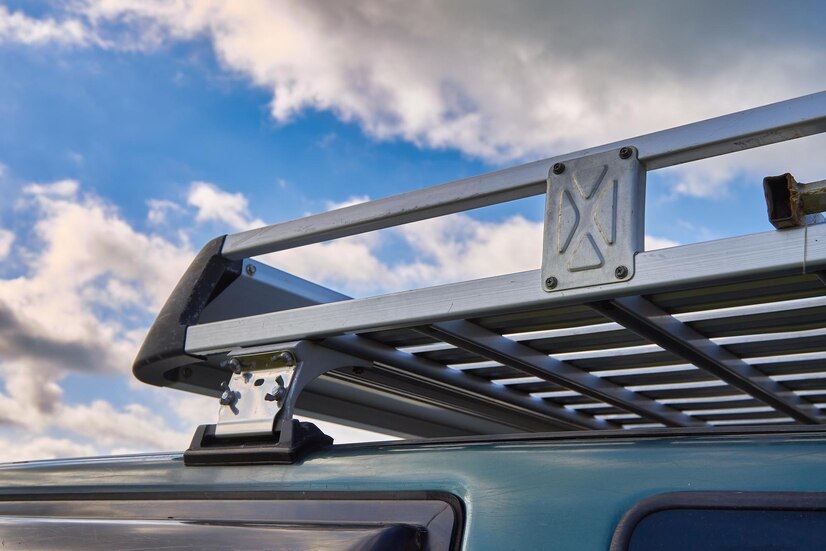You know what’s worse than not having a roof rack? Having one that’s squeaking like a mouse party or looking like it’s been through a war zone. I’ve seen plenty of beautiful Rhino Racks turn into rust buckets just because people forget they need a bit of TLC. But don’t stress – keeping your rack in top shape isn’t rocket science. After years of using these bad boys in everything from beach trips to outback adventures, I’ve got some real-world tips to check out Rhino Rack in Australia that’ll keep your rack looking and working like new.
Regular Cleaning Is Your Best Mate
Here’s a truth bomb – most rack problems start because sand, salt, and grime build up in places you can’t see. You wouldn’t go months without washing your car, right? Same goes for your rack. But here’s where it gets interesting (and where most people mess up).
Start by giving it a proper wash every few weeks, especially after beach trips or dusty adventures. Don’t just blast it with a hose – get in there with some car wash soap and a soft brush. Pay special attention to the spots where different parts meet – these sneaky areas love to collect dirt. But here’s my secret weapon: after washing, use compressed air (like the kind you’d use to clean your keyboard) to blast out water from tight spots. This prevents that annoying rust that can start forming in hidden corners.
Check Those Nuts and Bolts Monthly
This is the bit that sounds boring but could literally save your gear from becoming highway decorations. I learned this the hard way when my mate’s surfboard started doing the shimmy on the freeway – turned out a few bolts had worked themselves loose over time.
Grab your torque wrench (yeah, the one that came with your rack that you probably threw in a drawer somewhere) and check every single connection point. Don’t just tighten everything like crazy – each bolt has a specific torque setting, and over-tightening is just as bad as too loose. Look for any spots where the finish has worn off too – these are prime candidates for future rust problems.
Protection From the Elements
Living in Australia means your rack cops some serious abuse from the sun, salt air, and those surprise rainstorms. But there’s a bit more to protection than just slapping on some WD-40 and hoping for the best.
First up, invest in some good quality UV protectant – the kind you’d use on your car’s rubber and plastic parts. Apply it to all the plastic components every couple of months. For metal parts, I swear by marine-grade protectant spray. It’s a bit pricier than regular stuff, but it’s designed to handle the harsh Aussie conditions. And here’s a tip most people miss: if you’ve got any scratches or chips in the coating, touch them up right away with matching paint. Think of it like putting a Band-Aid on a cut – deal with it early, and you won’t have problems later.
Don’t forget about those rubber gaskets and seals either. A little bit of silicone lubricant every few months keeps them from drying out and cracking. Just make sure you get the kind that’s safe for rubber – some products can actually make things worse.







